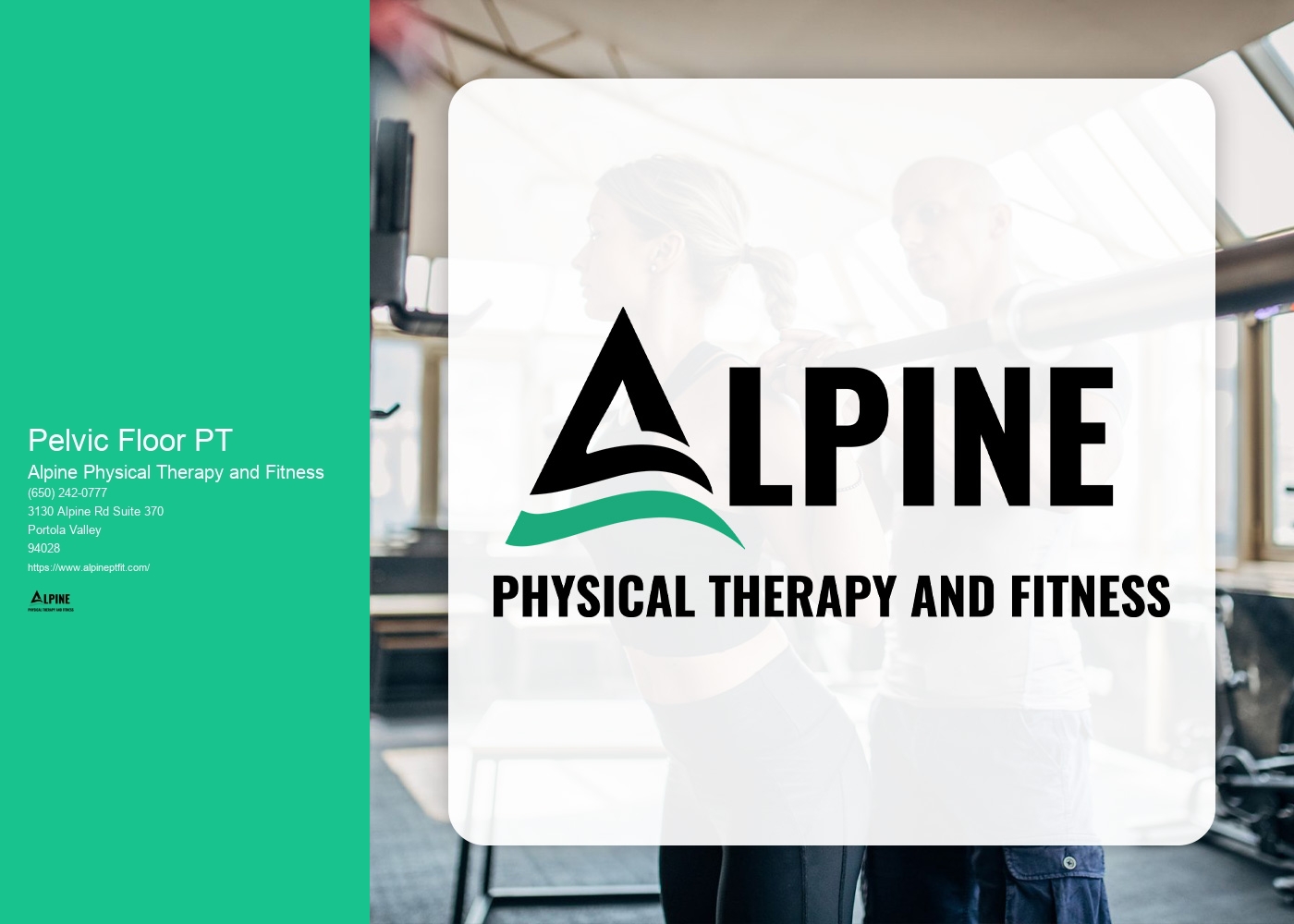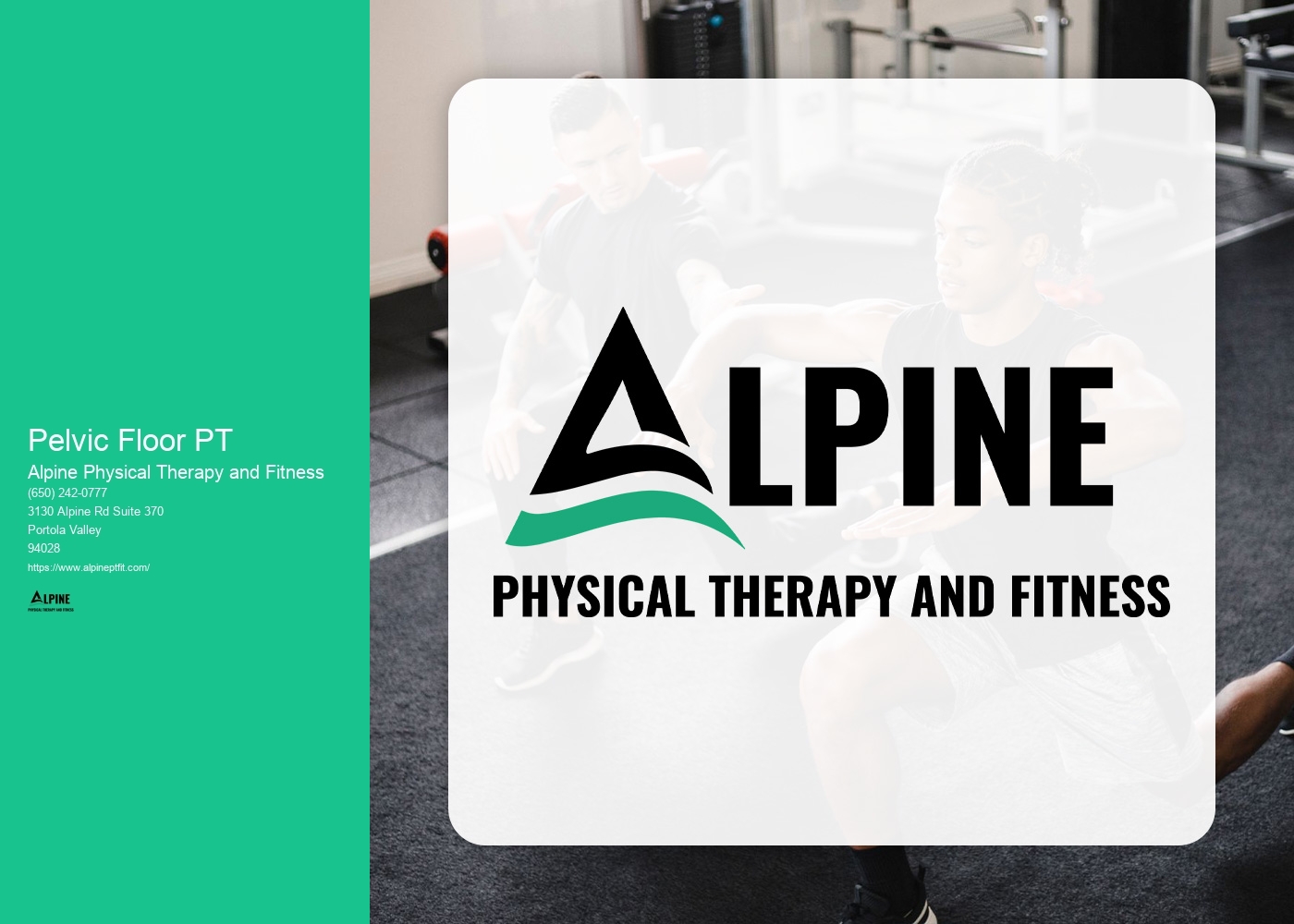

Pelvic floor physical therapy is a specialized form of physical therapy that focuses on the muscles, ligaments, and connective tissues of the pelvic floor. The pelvic floor is a group of muscles that support the organs in the pelvis, including the bladder, uterus, and rectum. Pelvic floor physical therapy aims to improve the strength, flexibility, and coordination of these muscles to address various pelvic floor dysfunctions.
Pelvic floor physical therapy can be beneficial for individuals experiencing urinary incontinence. Urinary incontinence is the involuntary leakage of urine, and it can be caused by weak or dysfunctional pelvic floor muscles. Pelvic floor physical therapy can help by strengthening these muscles, improving their ability to support the bladder and control urine flow. Additionally, pelvic floor physical therapy may include techniques such as biofeedback and bladder retraining to help individuals regain control over their bladder function.
Pelvic floor physical therapy can also be effective in addressing pelvic pain. Pelvic pain can have various causes, including muscle tension, nerve irritation, or inflammation. Pelvic floor physical therapy aims to identify and address the underlying causes of pelvic pain through a combination of manual therapy techniques, exercises, and relaxation techniques. By releasing muscle tension, improving blood flow, and promoting proper alignment, pelvic floor physical therapy can help alleviate pelvic pain and improve overall pelvic health.

Pelvic floor physical therapy can treat a range of conditions related to the pelvic floor. Some common conditions that can be addressed through pelvic floor physical therapy include pelvic organ prolapse, pelvic floor muscle dysfunction, vulvodynia, dyspareunia (painful intercourse), and postpartum recovery. Additionally, pelvic floor physical therapy can be beneficial for individuals preparing for or recovering from pelvic surgery, such as hysterectomy or prostatectomy.
The duration of a typical pelvic floor physical therapy session can vary depending on the individual's needs and the specific treatment plan. Generally, a session may last between 45 minutes to an hour. During this time, the physical therapist will assess the individual's condition, provide hands-on treatment, and guide the individual through exercises and techniques to address their specific pelvic floor concerns.

Whether or not pelvic floor physical therapy is covered by insurance can vary depending on the individual's insurance plan and the specific services provided. Some insurance plans may cover pelvic floor physical therapy as part of their coverage for physical therapy services, while others may require a referral or pre-authorization. It is recommended to contact your insurance provider directly to determine your coverage and any requirements for reimbursement.
To find a qualified pelvic floor physical therapist in your area, you can start by asking for a referral from your primary care physician or gynecologist. They may be able to recommend a trusted professional who specializes in pelvic floor physical therapy. Additionally, you can search online directories or websites of professional organizations, such as the American Physical Therapy Association, to find pelvic floor physical therapists in your area. It is important to ensure that the therapist you choose has the necessary qualifications and experience in pelvic floor physical therapy to provide effective and safe treatment.

Physical therapy can be highly beneficial for pregnant women experiencing pelvic pain. By focusing on specific exercises and techniques, physical therapists can help alleviate discomfort and improve overall function. One common approach is to target the pelvic floor muscles, which play a crucial role in supporting the pelvic organs. Strengthening these muscles can help reduce pain and improve stability. Additionally, physical therapists may use manual therapy techniques, such as gentle stretching and mobilization, to address any joint or muscle imbalances contributing to the pain. They may also provide education on proper body mechanics and posture to minimize strain on the pelvis. Overall, physical therapy offers a holistic and personalized approach to managing pelvic pain during pregnancy, helping women maintain their mobility and quality of life.
Physical therapy plays a crucial role in preventing sports-related concussions by focusing on various aspects of injury prevention and management. Physical therapists employ a multidisciplinary approach that includes education, assessment, and intervention strategies to reduce the risk of concussions. They work closely with athletes, coaches, and other healthcare professionals to develop comprehensive concussion prevention programs. These programs may involve teaching proper techniques for tackling, heading, or other activities that pose a risk of head injury. Physical therapists also assess an athlete's balance, coordination, and strength to identify any deficits that may increase the likelihood of a concussion. Through targeted exercises and training, they can help improve these areas and enhance an athlete's ability to protect themselves from head injuries. Additionally, physical therapists may provide guidance on appropriate equipment, such as helmets, and ensure proper fitting to maximize protection. By addressing both modifiable risk factors and enhancing an athlete's physical abilities, physical therapy plays a vital role in preventing sports-related concussions.
Yes, there are specialized aquatic exercises designed specifically for children with sensory processing disorders. These exercises aim to provide sensory input in a controlled and supportive environment. Some examples of these exercises include water walking, water jogging, kicking and splashing, floating on a pool noodle, and playing with water toys. These activities help children with sensory processing disorders improve their balance, coordination, body awareness, and overall sensory integration. Additionally, the water's buoyancy and resistance provide a calming and soothing effect, which can help children regulate their sensory systems. It is important to consult with a qualified therapist or instructor who specializes in aquatic therapy to ensure that the exercises are tailored to the specific needs of the child.
Physical therapy is an effective treatment option for individuals suffering from iliotibial band (IT band) syndrome. The primary goal of physical therapy is to reduce pain and inflammation, improve flexibility and strength, and correct any biomechanical issues that may be contributing to the condition. Physical therapists may use a variety of techniques and modalities to achieve these goals, including manual therapy, such as soft tissue mobilization and joint mobilization, to release tight muscles and improve joint mobility. They may also prescribe specific exercises to stretch and strengthen the IT band and surrounding muscles, such as the hip abductors and glutes. Additionally, physical therapists may use modalities such as ultrasound or electrical stimulation to help reduce pain and promote healing. By addressing the underlying causes of IT band syndrome and providing targeted interventions, physical therapy can help individuals regain function and return to their normal activities.
The goals of physical therapy for individuals with osteoarthritis of the knee are to reduce pain, improve joint function, increase range of motion, and enhance overall quality of life. Physical therapists use a variety of techniques and exercises to achieve these goals, including manual therapy, therapeutic exercises, and modalities such as heat or cold therapy. They may also provide education on proper body mechanics and lifestyle modifications to help manage symptoms and prevent further joint damage. By addressing the specific needs of each individual, physical therapy aims to optimize function and promote long-term joint health.
Physical therapists are skilled in adapting exercises for aquatic therapy to meet the specific needs of individuals with mobility limitations. They carefully assess the individual's range of motion, strength, and balance to determine the most appropriate exercises. Aquatic therapy allows for reduced weight-bearing and increased buoyancy, which can help individuals with limited mobility to move more freely and comfortably in the water. Therapists may use flotation devices or pool noodles to provide additional support and stability during exercises. They may also modify the intensity and duration of exercises to ensure that they are safe and effective for each individual. Additionally, therapists may incorporate equipment such as water dumbbells or resistance bands to provide resistance and further enhance strength and mobility. Overall, physical therapists use their expertise to create personalized aquatic therapy programs that address the unique needs and limitations of each individual.